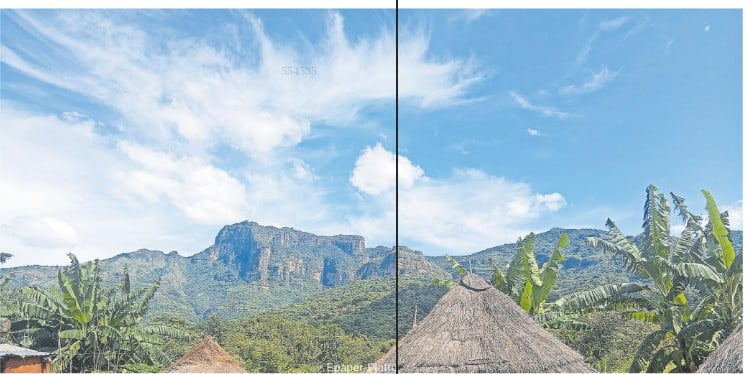Prime
Cancel land titles on buffer zones

What you need to know:
The issue:
Buffer zones.
Our view:
Only until government puts its foot down and cancels titles and leases for encroachers on protected areas will a message be sent that buffer zones are a no-go area.
Entebbe municipal authorities are asking the ministry of Lands to review land titles and leases for developers who acquired land on the shores of Lake Victoria.
The officials say the developers have acquired land illegally, and those with genuine land titles have encroached on buffer zones. But this is not a problem unique to Entebbe. The same practice has been repeated in buffer zones around lakes, rivers or wetlands countrywide.
Yet the buffer zones are designated for environmental protection, and anyone putting up a permanent structure in a 200-meter buffer zone needs permission from the National Environment Management Authority (NEMA).
But the National Environment Management Act has been reduced to a mere document without significance by individuals who have built on these protected areas with impunity.
When a nature-inspired correction occurred last year by means of rising water levels, the result was disastrous. Hundreds of families were forced to flee their homes and businesses too forced to either close shop or relocate after Mother Nature reclaimed space that is hers.
This alone goes to show just how much the 200-metre rule has been ignored by these developers.
Besides removing pollutants from surface runoff – water running on the ground surface when excess rainwater can no longer sufficiently rapidly infiltrate in the soil – buffer zones have a number of benefits associated with maintaining large areas of natural vegetation.
A 2015 report by NEMA indicates that the most affected protected arears have been used for human activity such as farming, construction of structures and dumping of waste.
Lucky enough for Uganda, the laws are already in place and a fully-fledged government agency is in existence, not to mention an environment police. Meaning something has already been done, and a little adjustment needs to be done to fully protect these areas.
In September last year, NEMA embarked on demarcating the 200m buffer zone around Lake Victoria in Jinja District. Concrete pillars were raised to identify the lake buffer zones. This is a good starting point. The environment protection body needs to replicate this exercise countrywide so people have no excuse to encroach on these protected areas.
Second is the need to enforce the law. A lot has been done to ensure that these water bodies are protected, yet some individuals by virtue of their positions and wealth bulldoze their way around these regulations.
Only until government puts its foot down and cancels titles and leases for encroachers on protected areas will a message be sent that buffer zones are a no-go area.




